On the night of October 6–7, skywatchers across the globe were treated to a spectacular celestial show: a Harvest Moon that doubled as a supermoon. This rare alignment made the lunar spectacle look larger and brighter than typical full moons — a perfect moment to gaze upward and connect with both nature and tradition.
What Makes It a Harvest Moon — and a Supermoon?
Harvest Moon
The name “Harvest Moon” is given to the full moon closest to the autumnal equinox. In agrarian societies, that moon’s risetime is especially useful: it offers extra twilight illumination helping farmers gather crops late into the evening. In many years the Harvest Moon falls in September, but in 2025 it landed in October, making this full moon the “Harvest Moon” of the season.
Supermoon
A “supermoon” occurs when a full moon happens very near to the Moon’s closest point to Earth (called perigee) in its elliptical orbit. In this case, the moon shone about 10–14% larger and up to 30% brighter than a typical full moon. The effect may be subtle to the casual eye, but in photographs and when it rises near the horizon, the difference becomes dramatic.
A Global Gallery of Lunar Beauty
Astrophotographers around the world shared their most arresting images — the moon rising behind city skylines, flanked by mountain ridges, or silently hovering above quiet landscapes. In some snapshots, the moon hovers over architectural wonders; in others, it casts an orange glow through low-lying mist. Each image tells a story of how Earth and sky briefly align to create awe.
One particularly striking shot captured the moon’s disk partially obscured by a passing aircraft — a reminder that, in the modern age, cosmic and human journeys sometimes cross paths in surprising ways.
What to Expect (or What You Did See)
If you observed the moon that night (or plan to revisit in subsequent nights), here’s what to look for:
- Moonrise timing: As the moon climbed from the eastern horizon, the first 15–20 minutes were often the most visually dramatic. The low moon can appear larger thanks to an optical effect known as the “moon illusion,” where foreground objects make the moon seem oversized.
- Color variations: When low in the sky, the moon can appear golden, amber, or even slightly orange. That’s due to Earth’s atmosphere scattering shorter light wavelengths more strongly, leaving warmer tones visible.
- Proximity to planets: In some parts of the world, observers could spot Saturn near the moon as it rose. Though the moon’s brightness makes surrounding stars harder to see, with binoculars the planet and, in some cases, its faint moons may be detectable.
- Lunar surface features: Even during a full moon — when shadows across craters are minimized — dense features like Tycho, Copernicus, and the lunar maria (dark “seas”) remained visible to those with telescopes or zoom lenses.
Why This Night Was Special
- Rarity: A Harvest Moon that also aligns as a supermoon isn’t common. It combines two special designations into one luminous event.
- Cultural and astronomical significance: Many cultures through history attached meaning to full moons associated with seasonal transitions. Modern astronomy adds physical detail, but the wonder remains.
- Photographic opportunity: For photographers, it’s a struggle between capturing brightness and avoiding overexposure. This night offered one of the few chances to frame the moon both in full glory and within earthly context — trees, rooftops, city skylines, mountains.
Tips for Moonwatchers & Photographers
If you missed it or want to capture similar lunar magic in future months, here are helpful tips:
- Scout a clear eastern horizon — avoid buildings or trees, especially low-lying foregrounds.
- Time your photos — the first few minutes after moonrise offer dramatic color and illusion effects.
- Use a longer focal length — zoom lenses or telescopes help bring out topography and textures on the lunar surface.
- Bracket exposures — take multiple shots at different exposures (e.g. 1/125, 1/60, 1/30 sec) to avoid overexposing bright regions.
- Include foregrounds — silhouettes of trees, towers, or hills add scale and drama.
- Use a sturdy tripod + remote shutter — to avoid shake and keep images sharp.
What Comes Next: More Supermoons Ahead
The October Harvest Supermoon was only the first of four consecutive supermoons expected through early 2026. So while this moment was spectacular, it was not unique. Skywatchers get new chances in November, December, and January to catch full moons near perigee. Each will offer its own subtle differences in brightness, size, and viewing context.
Final Thought
The October 2025 Harvest Supermoon reminds us that in an age of screens and electric lights, the natural sky still holds power to mesmerize. Whether you photographed it, merely watched it, or missed it entirely — the night sky never stops. The next full moon awaits its turn to shine.

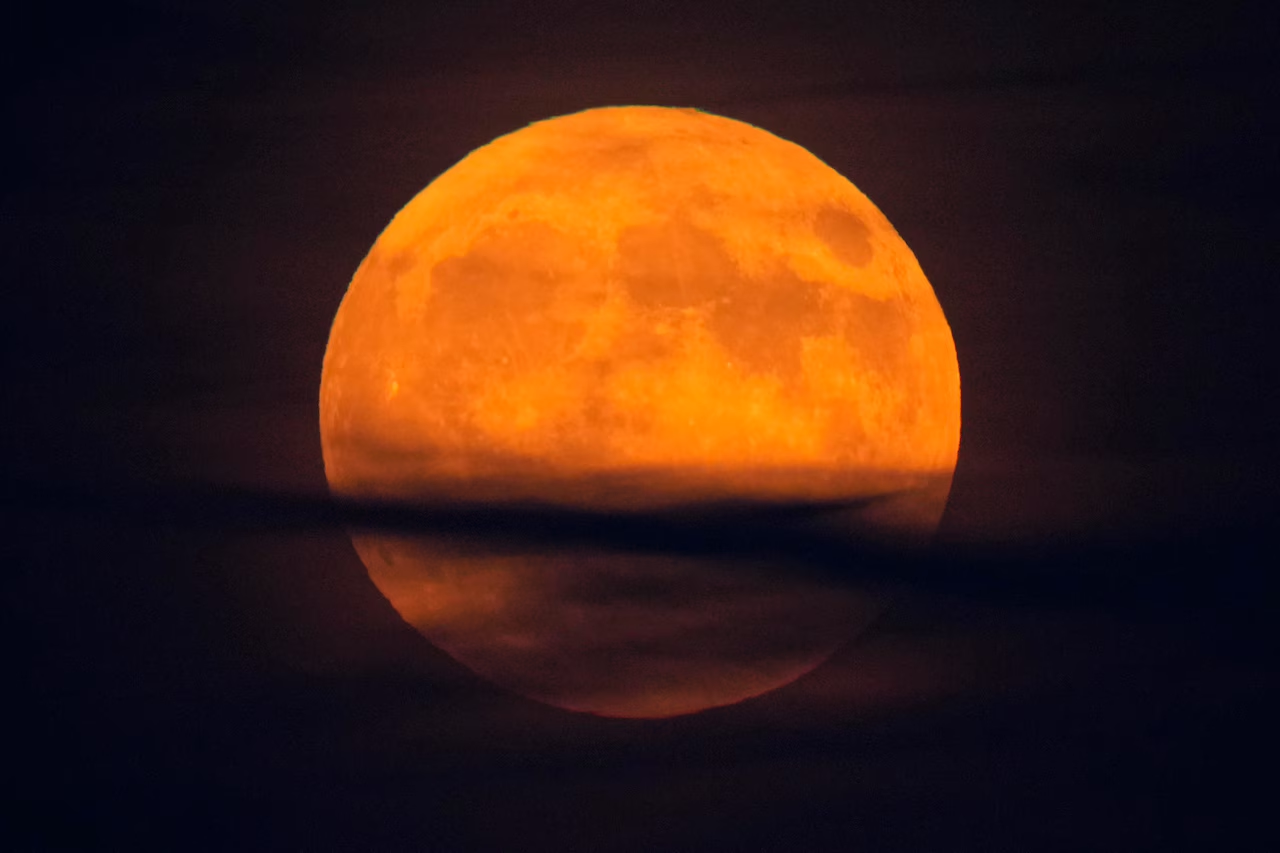




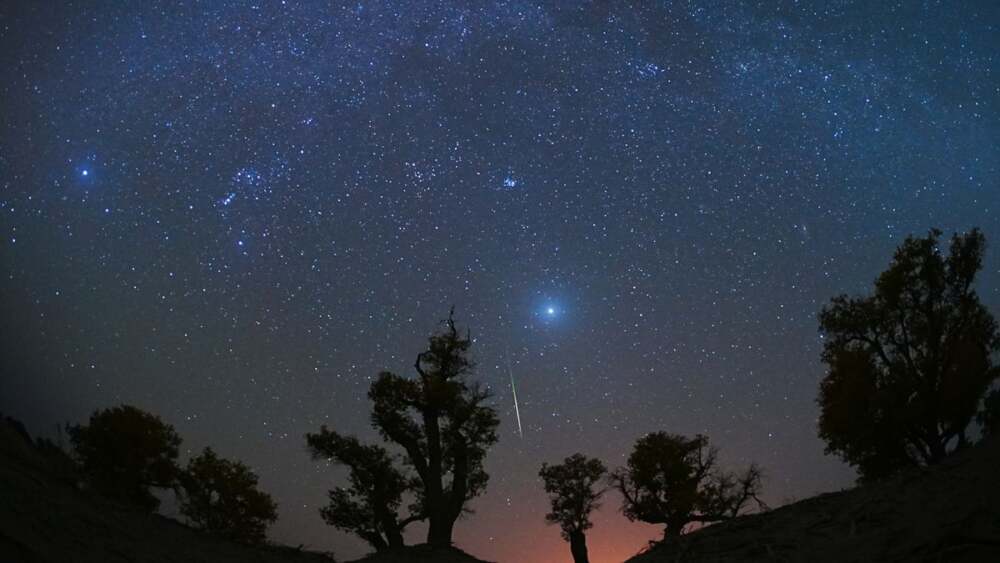


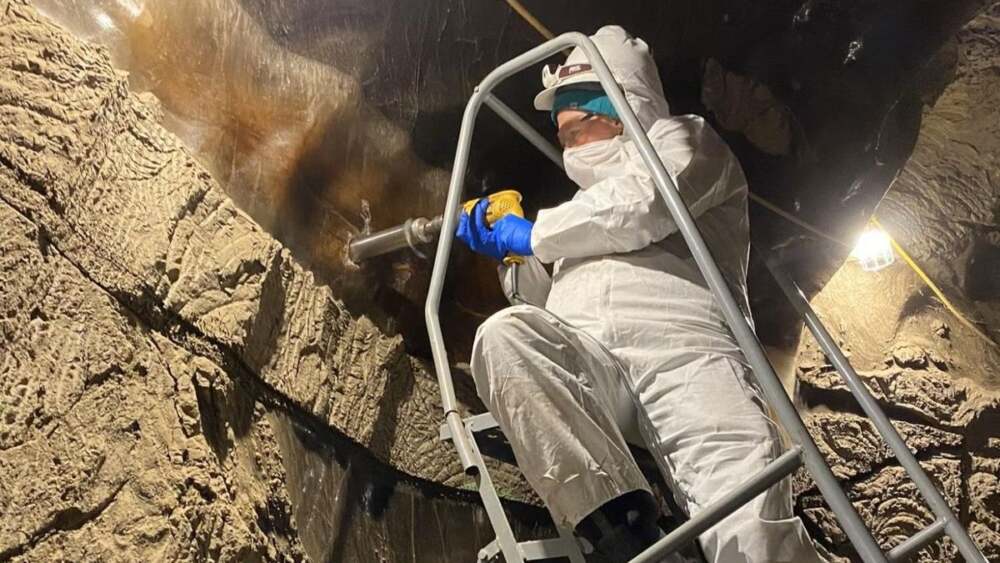
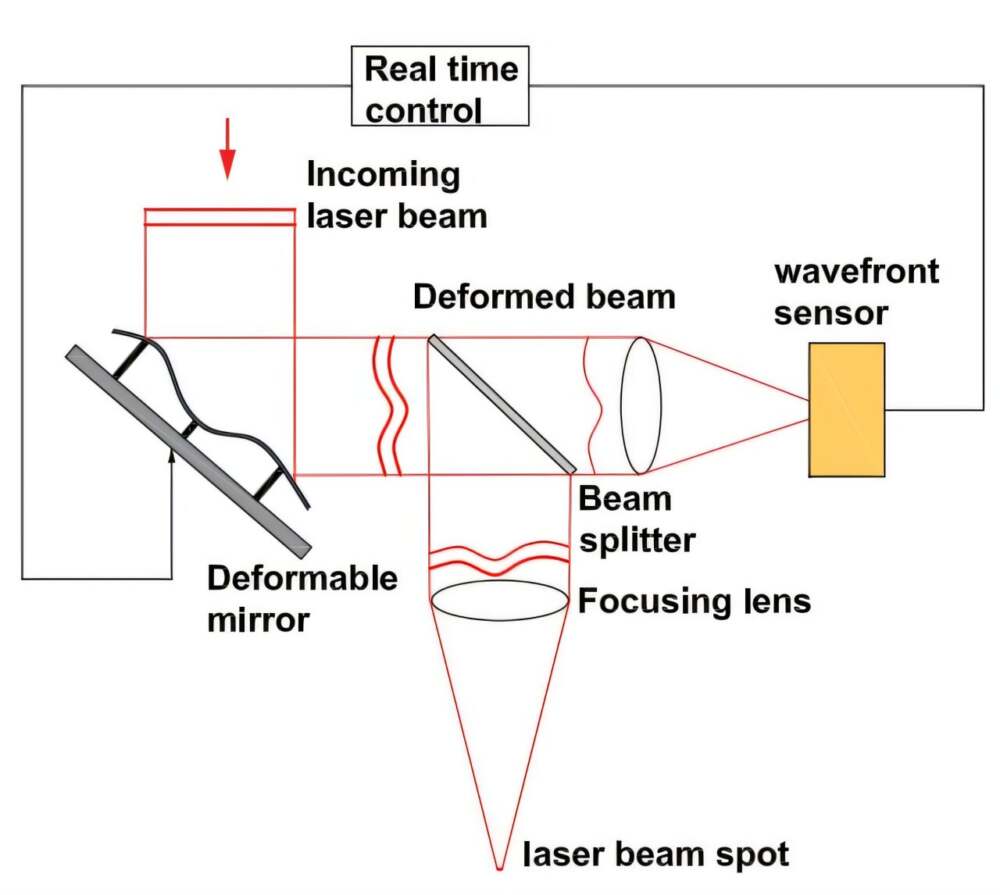
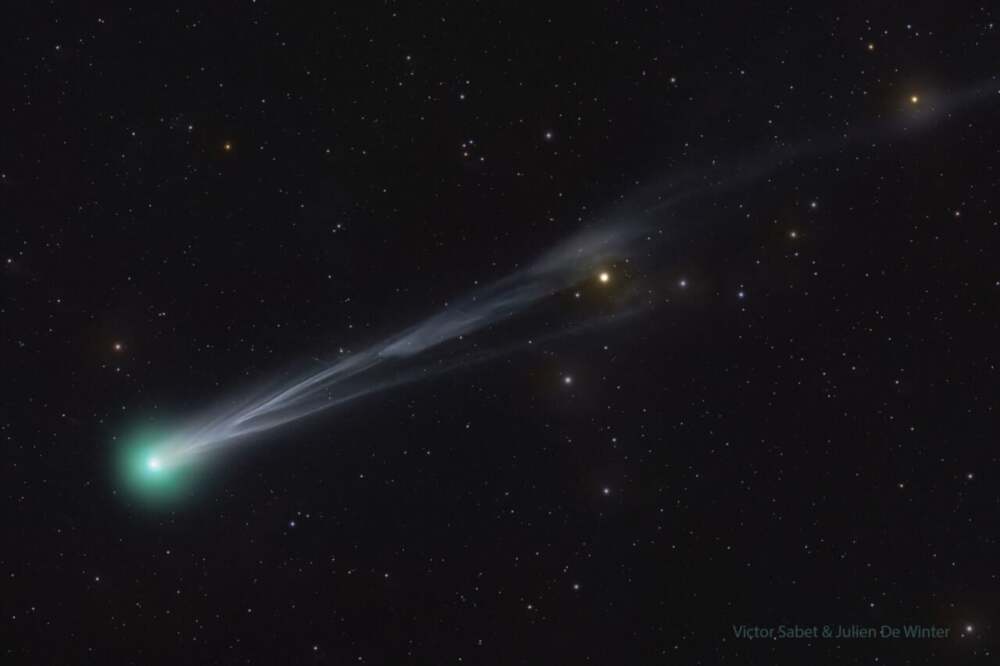
Leave a Reply